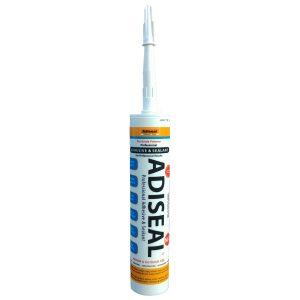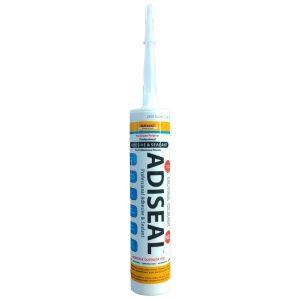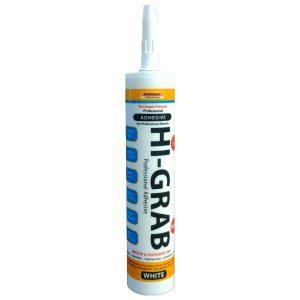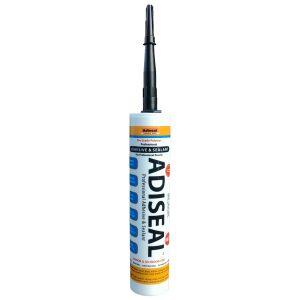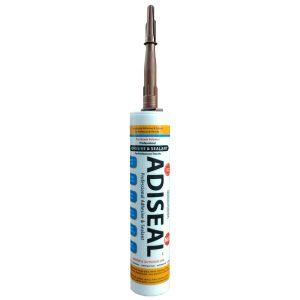Gap Filling Adhesive
Gap Filling Adhesive: Achieving Seamless and Reliable Bonds
When it comes to tackling gaps and uneven surfaces in various projects, a gap filling adhesive is an essential tool. This article explores the versatility and benefits of gap filling adhesives, offering tips on their effective use and highlighting their applications across different industries.
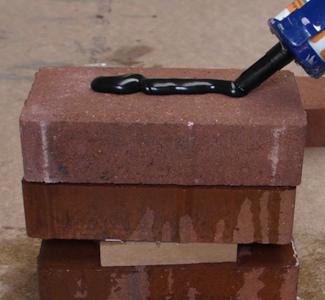
Benefits of Gap Filling Adhesive
1. Seamless Bonding:
– They are specifically formulated to fill and bond irregularities, gaps, and spaces between materials.
– They provide a seamless finish, ensuring a visually appealing and professional outcome.
2. Versatile Applications:
– These adhesives are suitable for various materials, including wood, metal, plastics, and ceramics.
– They are effective in filling gaps in furniture, woodworking, construction, and other DIY projects.
3. Strength and Durability:
– The adhesive offer strong and durable bonds, providing structural integrity to the assembled parts.
– They withstand stress, vibrations, and fluctuations in temperature, ensuring long-lasting results.
Applications of Gap Filling Adhesive
1. Carpentry and Woodworking:
– They are commonly used in carpentry and woodworking projects.
– They fill gaps in joints, seams, and cracks, enhancing the overall strength and stability of the structure.
2. Construction and Renovation:
– In the construction industry, they’re ideal for sealing gaps around windows, doors, and skirting boards.
– They prevent air and water infiltration, improving energy efficiency and ensuring a secure and watertight seal.
3. Automotive and Marine:
– Gap filling adhesives find applications in the automotive and marine sectors for sealing gaps and bonding components.
– They contribute to the structural integrity and weather resistance of vehicles, boats, and other transportation vessels.
Tips for Effective Use
1. Clean and Dry Surfaces:
– Ensure that the surfaces to be bonded are clean, dry, and free from dust, grease, or debris.
– Proper surface preparation ensures optimal adhesion and a strong bond.
2. Proper Dispensing and Application:
– Follow the manufacturer’s instructions for dispensing and applying the gap filling adhesive.
– Use an appropriate applicator, such as a caulking gun or precision nozzle, for accurate and controlled application.
3. Allow Sufficient Curing Time:
– Give the adhesive ample time to cure and set before subjecting the bonded surfaces to stress or load.
– Follow the recommended curing time provided by the manufacturer for the best results.
Conclusion
Gap filling adhesives are invaluable tools for achieving seamless and reliable bonds in various projects. Their versatility, strength, and durability make them suitable for a wide range of applications, from carpentry and construction to automotive and marine projects. By following proper surface preparation and application techniques, users can maximize the benefits of these adhesives and achieve professional-quality results. Choose a gap filling adhesive for your next project and enjoy the convenience and efficiency it brings in filling gaps and creating strong bonds.
Showing all 6 resultsSorted by popularity
